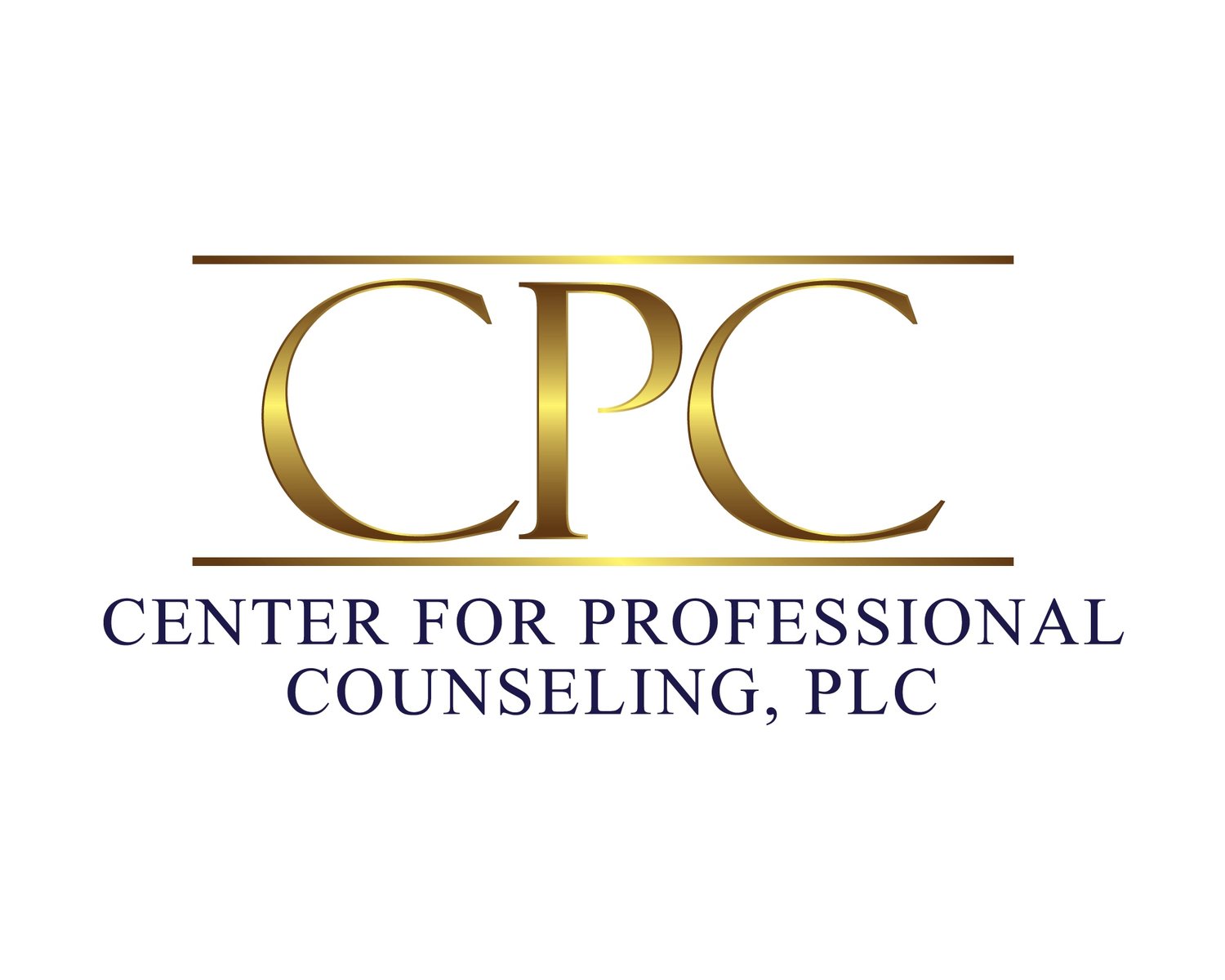Cognitive Distortions
Are your thoughts out of tune?
four pillar cognitive distortion exercise
The human thought process can be simplified as follows:
1) An event occurs: A dog walks into the room.
2) We run the event through the library of our life’s prior experiences and apply a thought to the event. If your mother always told you that dogs were dangerous, you may tell yourself that dogs are dangerous. If you had a dog that you loved, you may tell yourself that dogs are loving. This is also the step where we may generate a false thought based upon a cognitive distortion (see below).
3) Based on our thought we generate a feeling. If our thought is that dogs are dangerous than we may feel anxiety and fear. If our thought is that dogs are loving then we may feel happy or love.
4) Our thoughts and feelings then lead us to our reaction. We may run and hide from the dog or we may run to the dog to pet it.
If we are working from a false thought, then our feeling and reaction may need to be reevaluated. By correcting our false thoughts (or cognitive distortions), we correct our feelings and behaviors.
The work you are about to do will help you identify any cognitive distortions in your thoughts and correct them. The following is based upon an article written by another therapist and modified by me.
One of the cornerstones of Cognitive Behavior Therapy (CBT) is to help individuals identify their negative and irrational ways of thinking. Cognitive Errors, also known as Cognitive Distortions, are unhealthy thinking habits that lead to most common mental health problems, including anxiety, depression and other mood disorders.
The concept of Cognitive Distortions is integral to a popular CBT technique that my clients have always found very helpful. This is based on a technique called the “Three Column Technique” developed by CBT psychologist and bestselling author David Burns. I have adapted it and call my version the Four Pillar Technique.
To use this CBT technique, fold a paper width-wise into four columns.
In the first column, write the event that lead to your negative thoughts. Example: I look around my house and see that everything is out of place.
In the second column, write your negative thought, such as, “I will never get my life together.”
In the third column is the type of thinking error (see below), which in this case would be all-or-nothing thinking and fortunetelling.
In the fourth column is the more rational alternative thought which is based on fact and not distortion, which would be, “I have challenges in getting my life to fall into place, but I have the ability to start making changes. I will begin by working with my therapist and taking one small step at a time.”
Why is the third column – identifying the cognitive errors – so important to getting rid of toxic ways of thinking? By recognizing problematic thinking patterns, it is easier for us to identify why our thoughts are irrational. Only by recognizing the type of distortion can we master our thoughts to master our moods. When we detect patterns in our irrational thinking, we are more likely to “catch ourselves” thinking in erroneous ways.
The following are some common types of Cognitive Errors. Circle the ones that underlie your mood and anxiety difficulties. Identifying the type of distortions you tell yourself will help you gain a healthier perspective so you no longer pay as much uncritical attention to your inner critic.
The following are a sampling of common cognitive distortions with examples:
All or Nothing Thinking - “That girl rejected my request for a date. Nobody will ever date me!”
Blaming – “It’s his fault I am so mad!”
Discounting the Positive – “Yes, I got one promotion but I didn’t get today’s promotion. I knew I could never move ahead.”
Emotional Reasoning –“I feel anxious; I know something bad will happen to me.”
Fallacy of Fairness – “It’s not fair! She has no right to say that to me”
Jumping to Conclusions – “That lady looked away when I entered the party, I bet they all think I don’t belong here.”
Labeling – “He’s just lazy.”
Magnification – “I had a typo in my letter. That proves I am a terrible typist.”
Minimization – “So I received first place in the baking contest; anyone can do it. It’s nothing special.”
Fortunetelling – “I’ll never find someone to love – I’ll always be alone.”
Mental Filter – “My nose is too big and makes me look unattractive and therefore I am unlovable.”
Mind Reading – “She’s trying to make me look stupid in our weekly meetings.”
Overgeneralizing – “One man cheated on me so I know that all men can’t be trusted.”
Personalization “It’s my fault she had an accident, since we had a fight before she left.”
Comparisons with others “He’s so much smarter than me.”
Shoulds – “You shouldn’t feel that way.”
Notice how many cognitive distortions underlie this one thought!
We tend to have pet cognitive errors that defy logic and cause us to think negatively and feel badly. Which ones do you favor?
By using this four column technique with the help of this handout, you are well on your way of changing your thoughts to change your life!



